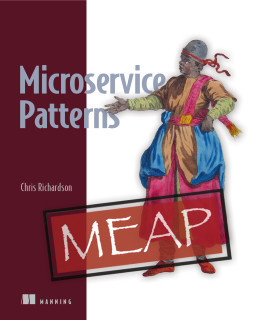What do you think?
Rate this book


520 pages, Paperback
Published January 1, 2017
‚Ä�1.6.1 Microservice architecture is not a silver bullet
Back in 1986, Fred Brooks, author of The Mythical Man-Month (Addison-Wesley Professional, 1995), said that in software engineering, there are no silver bullets. That means there are no techniques or technologies that if adopted would give you a tenfold boost in productivity. Yet decades years later, developers are still arguing passionately about their favorite silver bullets, absolutely convinced that their favorite technology will give them a massive boost in productivity.‚Ä�(s.49)